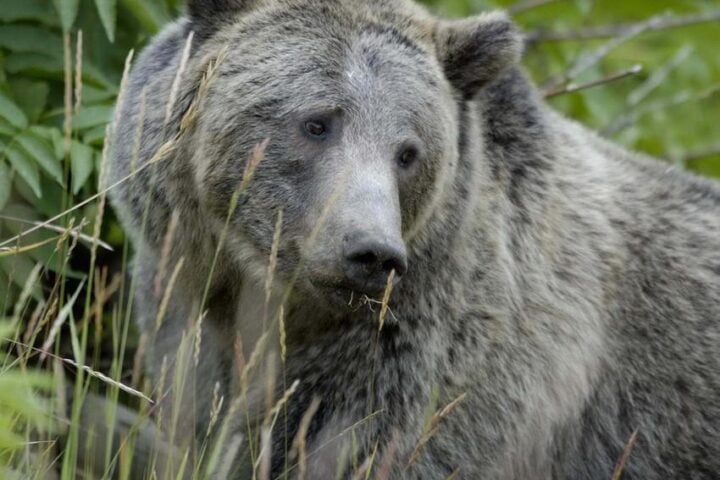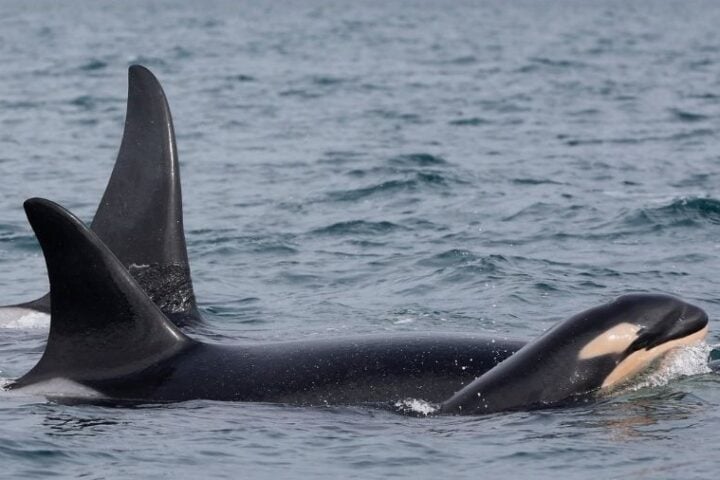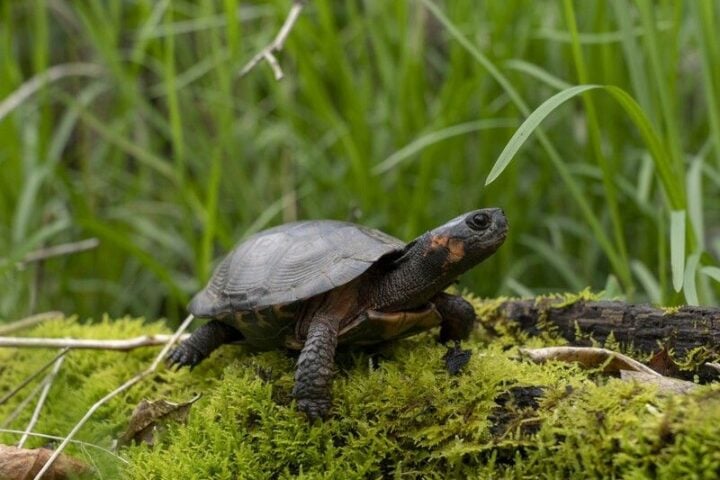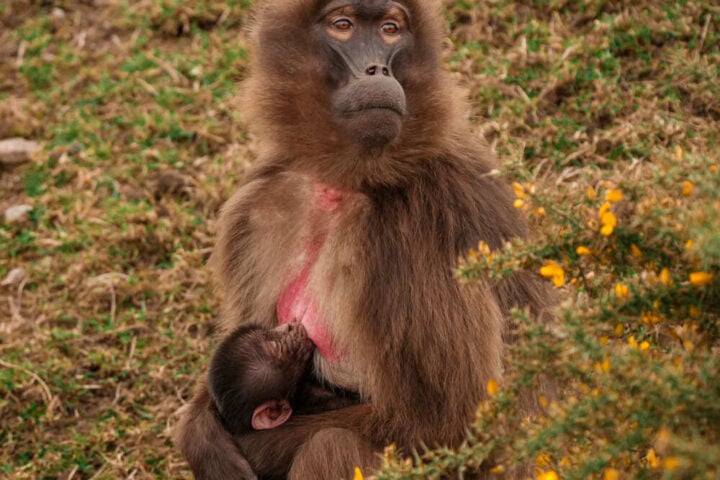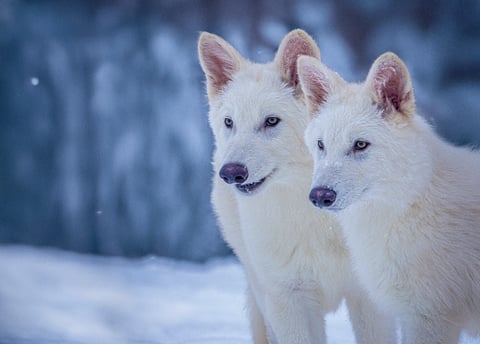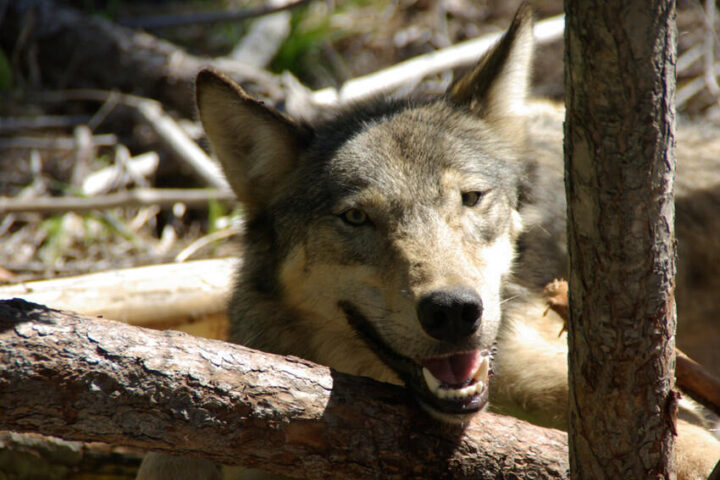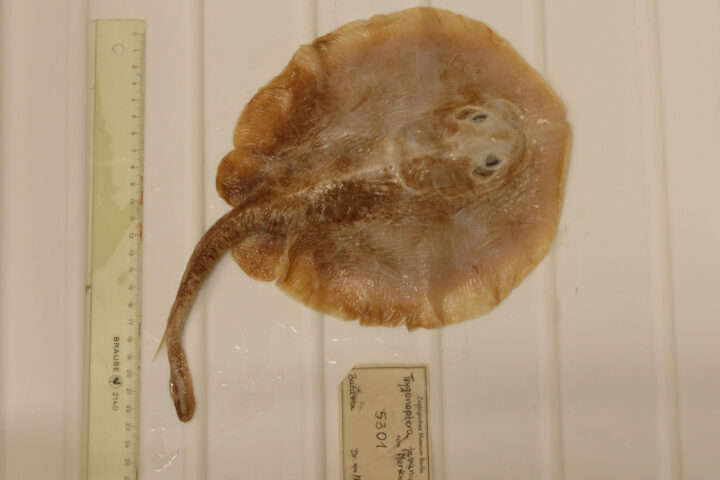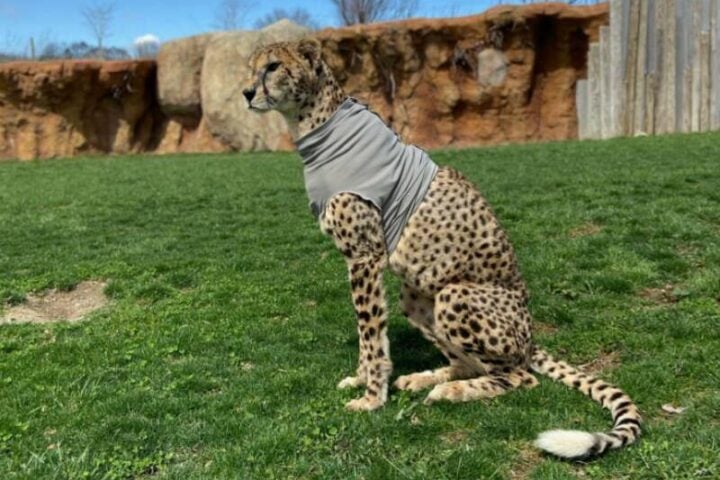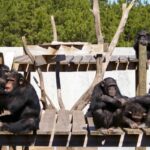Twenty-one chimpanzees have just started their retirement at Chimp Haven, marking the end of an era in American medical research. These chimps, who spent decades helping scientists develop life-saving vaccines and medicines, now call the world’s largest chimpanzee sanctuary their home.
“Chimp Haven provides their happy endings,” says Rana Smith, president and CEO of the 200-acre sanctuary in Keithville, Louisiana. “These chimpanzees have given so much of their life to science.”
A Life of Purpose, Now a Life of Peace
These chimps played crucial roles in space exploration and medical breakthroughs. In the 1950s and ’60s, they helped NASA test space travel safety. Later, their contributions led to the development of the Hepatitis B vaccine. During the 1980s, they assisted in HIV research.
The transfers from the Alamogordo Primate Facility in New Mexico occurred over several months, driven partly by staffing challenges at the facility. In 2000, Congress passed the CHIMP Act, creating a sanctuary system for retired research chimps. The government covers 75% of care costs, with donations filling the gap.
Similar Posts:
Inside Chimp Haven
Each chimp costs about $25,000 yearly to care for. It might sound like a lot, but consider this: they eat 117,000 bananas annually. That’s just the start of their care needs.
“Chimpanzee medicine is challenging,” says veterinarian Raven Jackson. “It’s like working with a really strong toddler. Each day I start with, ‘Am I smarter than a chimp?'” She treats chimps ranging from 7 to 65 years old, each with unique health needs.
The sanctuary creates an environment where chimps can be themselves. They live in social groups, each with its own personality and leader. While disagreements happen, Jackson notes how quickly they make peace: “They always want to reconcile very quickly. Learn from the chimps. Let it go.”
A Complex Move
Moving the final group from New Mexico to Louisiana came with challenges. One chimp, Patricia, sadly didn’t survive the journey. Later transfers were conducted without anesthesia, resulting in smoother transitions.
The chimps now explore large forested areas and form new relationships with other chimps. This shift from research facilities to sanctuary living allows them to express natural behaviors in a more spacious environment.
Michelle Reininger, Colony Director, knows every chimp by name. “I like the sassy ones,” she says. “When you get that trust, there’s no feeling like it in the world, to have that bond with an animal.”
Looking Forward

Ten years ago, the National Institutes of Health stopped supporting chimp research. Some labs initially kept chimps they thought couldn’t be moved, but these chimps are now being transferred to sanctuary care.
The recent transfer represents a milestone in animal welfare. These chimps, who once helped advance human medicine, now spend their days in an environment designed for their well-being, living in social groups and exploring their surroundings.
Chimp Haven continues expanding to welcome more retirees. For now, over 300 chimps enjoy their golden years in Louisiana, receiving expert care and living life on their own terms.
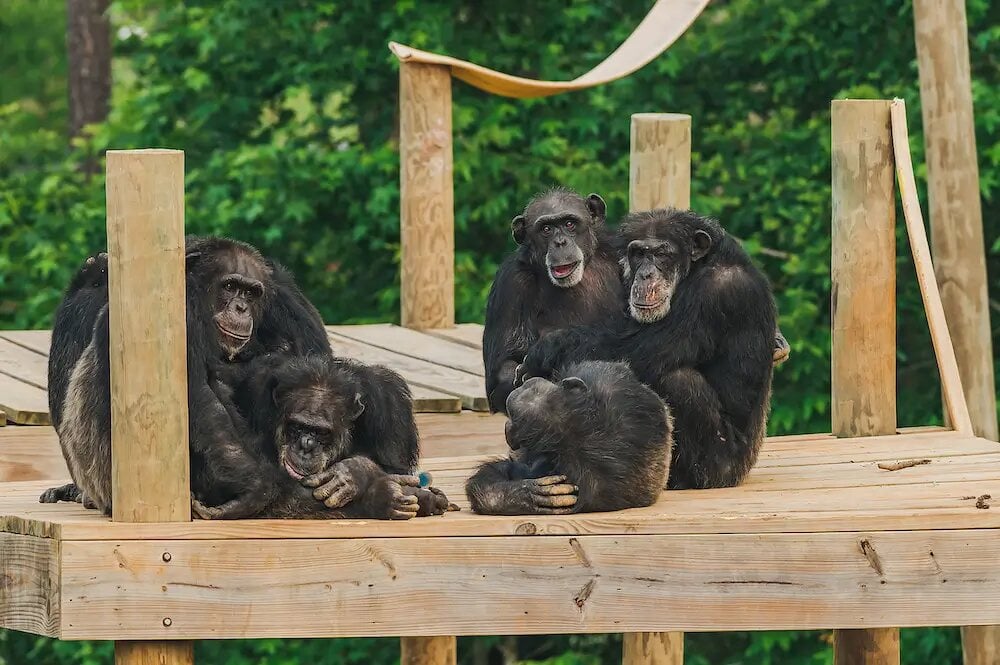


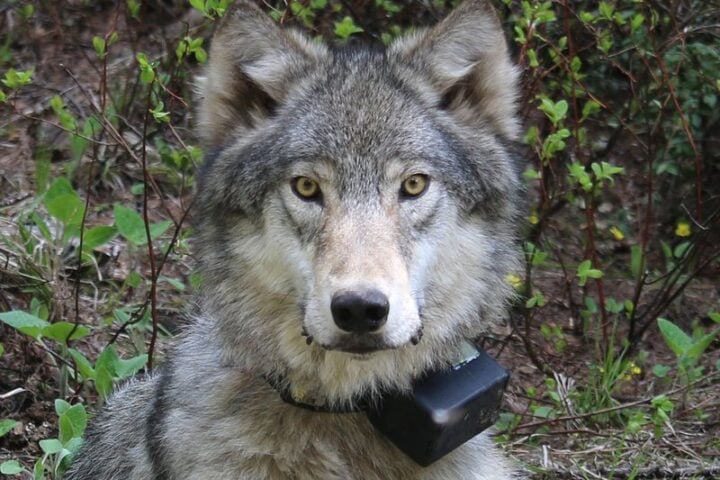
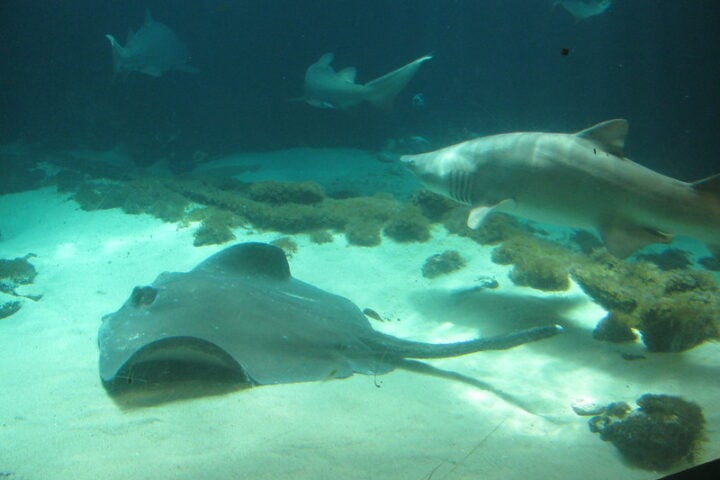
![Representative Image: European Starling [49/366]. Photo Source: Tim Sackton (CC BY-SA 2.0)](https://www.karmactive.com/wp-content/uploads/2025/04/Starlings-Drop-82-in-UK-Gardens-as-Birdwatch-2025-Reveals-Record-Low-Count-Since-1979-720x480.jpg)
